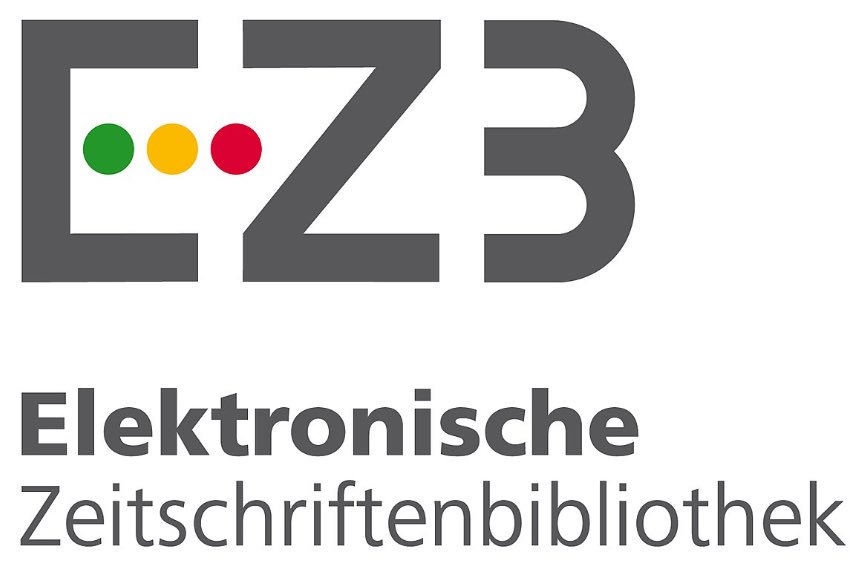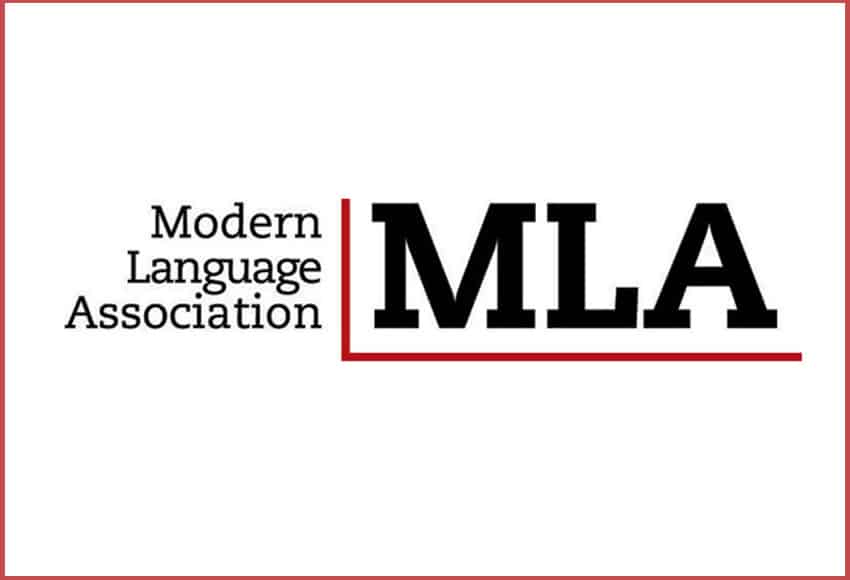Autores/as
Resumen
En este artículo se explicitan las dos caracterizaciones fundamentales de la inconmensurabilidad interteórica en la obra de Kuhn, y a la luz de tales caracterizaciones, se aborda el problema de cómo determinar lo que supuestamente tratan en común teorías inconmensurables. La elucidación de este asunto, a partir de la segunda caracterización, se desarrollará apoyándose en la metateoría estructural. Este proyecto es relevante pues una comparación interesante entre dos teorías inconmensurables sólo tiene sentido si efectivamente ellas tratan algo en común.
Palabras clave
Citas
BIRD, A. (2000). Thomas Kuhn. Acumen Pub. Lted. Chesham.
FALGUERA, J. L. (1991). "Caracterización de la 'Observación' y el "Lenguaje Observacional" en las Ciencias Fácticas". En: Arbor, 542. pp. 83-107.
GÄHDE, U. (1990). "On Innertheoretical Conditions for Theoretical Terms". En: Erkenntnis, 32. pp. 215-233.
HOYNINGEN-HUENE, P. (1989/93). Reconstructing Scientific Revolutions: Thomas S. Kuhn's Philosophy of Science. Chicago: The Univ. of Chicago Press (Original en alemán de 1989).
JAMMER, M. (2000). Concepts of Mass in Contemporary Physics and Philosophy. New Jersey: Princeton Univ. Press, Princeton.
KUHN, T. S. (1962/70). The Structure of Scientific Revolutions. Chicago: Univ. of Chicago Press (2ª ed., incluyendo "Postscrip: 1969", 1970). (Vers. cast.: La estructura de las revoluciones científicas. México: F.C.E., 1975).
_________. (1970a). "Postscript: 1969". En: T. S. Kuhn. (1962/70). The Structure of Scientific Revolutions. Chicago: Univ. of Chicago Press (2ª ed., 1970). (Vers. cast.: "Postdata: 1969". En: La estructura de las revoluciones científicas. México: F.C.E., 1975).
_________. (1970b). "Reflections on My Critics". En: I. Lakatos & A. Musgrave (eds.). (1970). Criticism and the Growth of Knowledge. Cambridge: Cambridge Univ. Press, pp. 231-278; vers. util. En: Kuhn, T. S. (2000). The Road since Structure. Chicago: Univ. of Chicago Press, pp. 123-175. (Vers. cast. En: "Consideraciones en torno a mis críticos", en: I. Lakatos & A. Musgrave (eds.). La crítica y el desarrollo del conocimiento. Barcelona: Grijalbo, 1975, pp. 391-453).
_________. (1976). "Theory-Change as Structure-Change. Comments of the Sneed Formalism". En: Erkenntnis, 10: 179-200. (Vers. cast.: "El cambio de teoría como cambio de estructura: comentarios sobre el formalismo de Sneed". En: J. L. Rolleri (ed.). Estructura y desarrollo de las teorías científicas. México D.F.: UNAM, 1986).
_________. (1983a). "Commensurability, Comparability, Communicability". En: P. D. Asquith & T. Nickles. PSA 1992, Vol. 2. East Leasing, Michigan, pp. 669-688. (Vers. cast.: "Conmensurabilidad, comparabilidad y comunicabilidad". En: Kuhn (1989), pp. 95-135).
_________. (1983b). "Response to Commentaries". En: P. D. Asquith & T. Nickles (eds.). PSA 1992, Vol. 2. Michigan: East Leasing, pp. 712-716.
_________. (1983c). "Rationality and Theory Choice". En: Journal of Philosophy, 80: 563-570. (Vers. cast.: "Racionalidad y elección de teorías". En: Kuhn (1989), pp. 137-151).
_________. (1989). ¿Qué son las revoluciones científicas? Barcelona: Paidós.
_________. (1990), "Dubbing and Redubbing: The Vulnerability of Rigid Designation". En: C. W. Savage (ed.). (1990). Scientific Theories. (XIV. Minnes. Stud. In the Phil. Science). Minneapolis: Minnesota Univ. Press, pp. 298-318.
_________. (1993). "Afterwords". En: P. Horwich. World Changes. Thomas Kuhn and the Nature of Science. Cambridge (Massachusetts): The MIT Press, pp. 311-341.
_________. (2000). The Road since Structure. Chicago, Illinois: The Univ. of Chicago Press (Vers. cast.: El Camino desde la Estructura. Barcelona: Paidós Ibérica, 2002).
MARTIN, M. (1971). "Referential Variance and Scientific Objetivity". En:The British Journal for the Philosophy of Science, 22. pp. 17-26.
_________. (1972). "Ontological Variance and Scientific Objetivity". En:The British Journal for the Philosophy of Science, 23. pp. 252-256.
MOULINES, C.U. (1978). "Cuantificadores Existenciales y Principios-Guía en las Teorías Físicas". En: Crítica, 10. pp. 59-88.
_________. (1982). Exploraciones Metacientíficas. Madrid: Alianza.
_________. (1984). "Ontological Reduction in Natural Sciences". En: W. Balzer, D.A. Pearce & H. J. Schmidt. Reduction in Science. Reidel, Dordrecht. pp. 51-70.
_________. (1991). Pluralidad y recursión. Estudios epistemológicos. Madrid: Alianza.
SCHEFFLER, I. (1967). Science and Subjetivity. Indianapolis: Bobs Merrill.
SHAPERE, D. (1966). "Meaning and Scientific Change". En: R. Colodny. Mind and Cosmos. Explorations in the Philosophy of Science. Pittsburgh: Univ. of Pittsburgh Press, pp. 41-85. (Vers. util.: en: I. Hacking. (1981). Scientific Revolutions. Oxford Univ. Press, Oxford, pp. 28-59).
_________. (1982). "The Concept of Observation in Science and Philosophy". En: Philosophy of Science, 49: 485-525. (Vers. cast.: "El Concepto de observación en ciencia y en filosofía". En: L. Olivé & A. R. Pérez Ransanz. (1989).Filosofía de la Ciencia: Teoría y Observación. México: Siglo XXI, pp. 479-526).
SNEED, J. D. (1971). The Logical Structure of Mathematical Physics. Reidel, Dordrecht (2ª ed., 1979).
STEGMÜLLER, W. (1973). Theorienstrukturen und Theoriendynamik. Berlín: Springer. (Vers. cast.: Estructura y dinámica de teorías. Barcelona: Ariel, 1983).
TORRETTI, R. (1986). "Observation". En: The British Journal for the Philosophy of Science, 37. pp. 1-23.

 PDF
PDF
 FLIP
FLIP





















